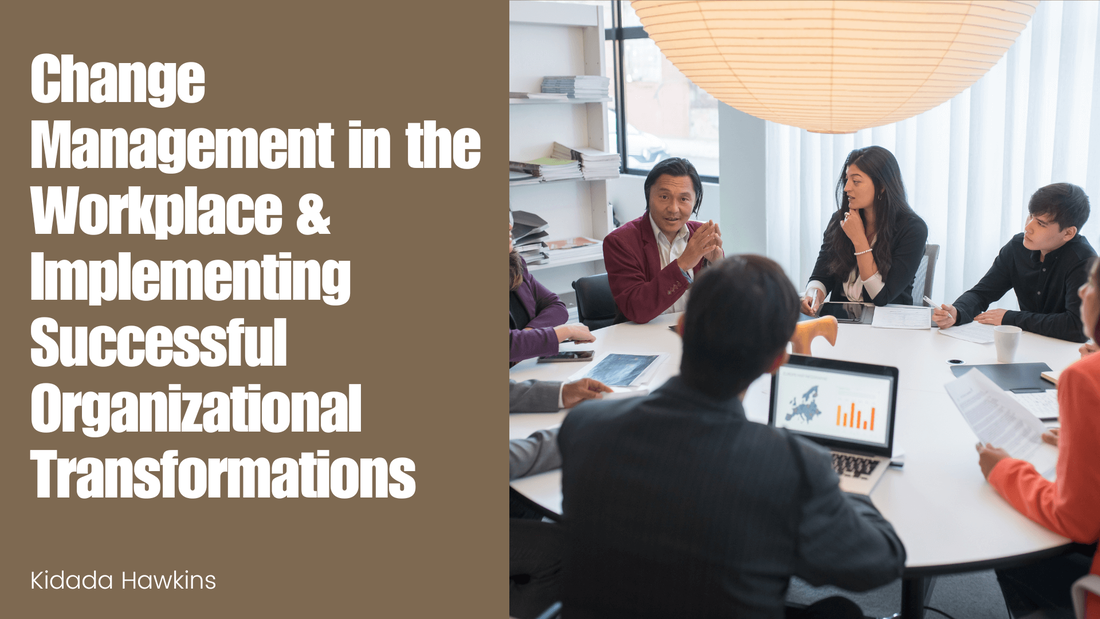|
10/10/2023 Kidada Hawkins on Effective Grant-Making Strategies for Foundations | Auburndale, FloridaRead NowFoundations are crucial in addressing societal challenges by providing financial support to nonprofit organizations and initiatives. Effective grant-making is essential to ensure that resources are allocated wisely and have a meaningful impact on the causes they support. In this blog, we’ll explore some key strategies for foundations to maximize their impact through effective grant-making.
Clearly Defined Mission and GoalsA strong foundation for effective grant-making begins with a clearly defined mission and specific goals. Foundations should clearly understand the issues they aim to address and the outcomes they hope to achieve. By articulating their mission and goals, foundations can align their grant-making efforts with their overarching vision, ensuring that grants reach initiatives that directly support their mission. Conduct Thorough ResearchBefore making grants, foundations should conduct thorough research to identify potential grantees and assess their credibility and capacity to deliver results. Research should include an analysis of an organization’s financial stability, past performance, and the alignment of its programs with the foundation’s mission. It’s also essential to evaluate the organization’s leadership and governance structure to ensure they have the necessary capabilities to execute their projects effectively. Develop a Grant-Making StrategyA well-defined grant-making strategy outlines the foundation’s approach to allocating resources, including the types of projects or organizations it will support, the geographic regions it will focus on, and the funding priorities. A clear strategy provides a roadmap for decision-making and helps foundations avoid ad-hoc grant-making that may not align with their mission. Collaborate and Leverage PartnershipsFoundations can amplify their impact by collaborating with other organizations, including other foundations, nonprofit organizations, government agencies, and businesses. By pooling resources and expertise, foundations can tackle complex issues more effectively. Partnerships also enable foundations to learn from each other and leverage the strengths of different organizations to achieve common goals. Evaluate and Measure ImpactMeasuring the impact of grants is essential to ensure that resources are being used effectively and to identify areas for improvement. Foundations should establish clear metrics and evaluation criteria to assess the outcomes of their grants. Regularly tracking and evaluating the impact of grants allows foundations to adjust their strategies, allocate resources more efficiently, and share success stories with stakeholders. Provide Capacity-Building SupportIn addition to financial support, foundations can provide capacity-building assistance to their grantees. This may include training, technical assistance, and mentoring to help organizations strengthen their internal systems and enhance their ability to achieve their mission. By investing in the capacity of their grantees, foundations can increase the likelihood of long-term success and sustainability. Foster Transparency and CommunicationOpen and transparent communication between foundations and grantees is vital for building trust and ensuring equitable grant-making. Foundations should communicate grant-making guidelines, expectations, and reporting requirements to grantees. Additionally, foundations should actively seek grantee feedback and engage in open dialogue to understand their needs and challenges. Be Adaptable and FlexibleThe social and economic landscape constantly evolves, and foundations must be adaptable and flexible in their grant-making strategies. This includes being willing to pivot when necessary, reevaluate priorities, and respond to emerging crises or opportunities. Foundations should also be open to learning from their experiences and adjusting their strategies accordingly. Effective grant-making is a cornerstone of a foundation’s ability to impact the world positively. By adhering to a well-defined mission, conducting thorough research, developing a strategic approach, and fostering transparency and communication, foundations can effectively address critical societal issues. Collaboration, impact measurement, and adaptability are crucial elements that can further enhance a foundation’s grant-making efforts. Ultimately, foundations implementing these strategies are better positioned to make meaningful contributions to the causes they support and drive positive change in their communities and beyond. 10/10/2023 Kidada Hawkins on Healthcare Data Privacy and Security: Essential Considerations for Entrepreneurs | Auburndale, FloridaRead NowEntrepreneurs are playing a pivotal role in shaping today’s Healthcare industry. Innovations like telemedicine, wearable health devices, and electronic health records (EHRs) have the potential to revolutionize healthcare delivery. However, with great innovation comes great responsibility, especially regarding healthcare data privacy and security. Entrepreneurs in the healthcare space must be acutely aware of the critical considerations surrounding the protection of sensitive patient information.
The Importance of Healthcare Data PrivacyHealthcare data is among the most sensitive and personal information one can possess. It includes patient medical records, diagnostic data, treatment plans, and genetic information. As such, maintaining the privacy of this data is not just a legal issue but also a moral and ethical obligation.
The Threat Landscape in HealthcareThe healthcare industry is a big target for cyberattacks due to the high value of medical data. Entrepreneurs must be aware of the potential threats and vulnerabilities in their systems.
Best Practices for Healthcare Data SecurityTo protect healthcare data effectively, entrepreneurs should adopt best practices that go beyond mere compliance:
The Future of Healthcare Data SecurityAs healthcare technology advances, so will the threats to healthcare data. Entrepreneurs must stay ahead of these challenges to ensure the privacy and security of patient information.
Healthcare data privacy and security are not optional considerations for entrepreneurs in the healthcare industry; they are absolute imperatives. Failing to prioritize these aspects can result in legal consequences, reputational damage, and patient harm. Entrepreneurs should approach healthcare data security with the seriousness it deserves, continuously staying informed about evolving threats and best practices to protect their sensitive information. By doing so, they can advance healthcare technology while upholding the highest data privacy and security standards. 10/10/2023 Kidada Hawkins on Change Management in the Workplace & Implementing Successful Organizational Transformations | Auburndale, FloridaRead NowChange is the only constant in today’s dynamic business landscape. Organizations must be agile and open to transformation to stay competitive and adapt to evolving demands. However, successfully implementing organizational changes requires more than a strategic vision; it demands effective change management.
The Importance of Change ManagementChange management is planning, implementing, and sustaining change within an organization. It is essential for several reasons:
Key Principles of Change Management
Strategies for Successful Organizational Transformations
Case Study: IBM’s Successful TransformationIBM’s transformation from a hardware-centric company to a leader in cloud computing and AI is a prime example of successful change management. IBM recognized the shifting technology landscape and proactively adapted. Key elements of their successful transformation included clear communication of their vision, investment in employee training, and a commitment to innovation. Change management in the workplace is a critical component of successful organizational transformations. By following fundamental principles and implementing effective strategies, organizations can navigate change more smoothly, engage employees, and achieve their desired outcomes. Remember, change is not a one-time event but an ongoing process that requires diligence and adaptability. Embrace change as an opportunity for growth and improvement, and your organization will thrive in an ever-evolving business world. |
Details
ArchivesCategories |







 RSS Feed
RSS Feed
